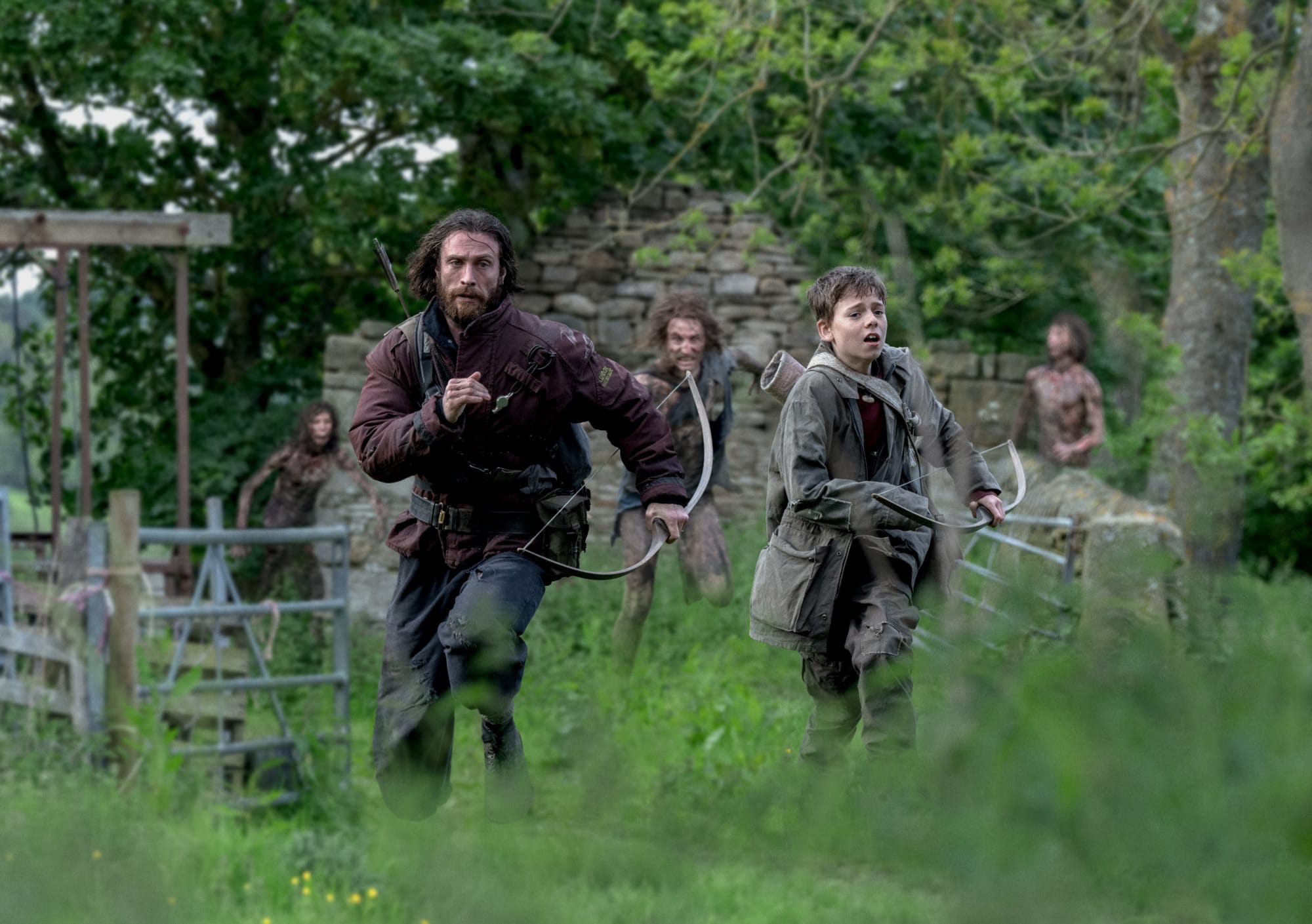When Danny Boyle announced he was shooting his highly anticipated zombie sequel "28 Years Later" on iPhones, Hollywood raised an eyebrow. Now, with the film earning an impressive $60 million worldwide in its opening weekend, it's clear that smartphone filmmaking has officially entered the big leagues.
From Pocket to Picture Palace
The third installment in Boyle's beloved franchise wasn't just filmed with any old iPhone – the production team used iPhone 15 Pro Max devices as their primary cameras, marking the biggest-budget film ever shot primarily on smartphones. With a production budget of $75 million, this isn't your typical indie experiment.
"Filming with iPhones allowed us to move without huge amounts of equipment," Boyle explained to WIRED. "A lot of Northumbria looks like it would have looked 1,000 years ago. So we were able to move quickly and lightly to areas of the countryside that we wanted to retain their lack of human imprint".
Revolutionary Filming Techniques
Perhaps most impressive is Boyle's innovative 20-iPhone rig system. The director created what he calls a "budget version of bullet time" by mounting 20 smartphones on a specialized setup to capture action sequences from multiple angles simultaneously.
"There is an incredible shot in the second half [of the film] where we use the 20-rig camera, and you'll know it when you see it," Boyle revealed. "It's quite graphic but it's a wonderful shot that uses that technique, and in a startling way that kind of kicks you into a new world".
The production also experimented with 8-iPhone and 10-iPhone rigs, giving cinematographer Anthony Dod Mantle unprecedented flexibility in capturing the film's visceral zombie encounters.
Box Office Success Despite Mixed Reviews
"28 Years Later" opened with a solid $30 million domestic debut – Boyle's best opening weekend ever – plus another $30 million internationally. The film earned $5.8 million in Thursday previews alone, outperforming recent horror releases like "Sinners" and "Final Destination: Bloodlines".
However, audience reception has been polarizing. While critics gave it a 90% on Rotten Tomatoes, audiences scored it just 68%, with many citing issues with the film's editing and "jarring ending".The CinemaScore of 'B' reflects this division, though it's typical for horror films.
Technical Innovation Meets Storytelling
The iPhone 15 Pro Max's ability to shoot 4K ProRes video in log color profile was crucial to the production's success. This professional codec, combined with the phone's 60fps capability, provided the flexibility needed for extensive post-production color grading.
Actor Aaron Taylor-Johnson praised the intimate filming experience: "When someone puts an iPhone very close, it's a bit intrusive. You feel kind of vulnerable, and you can't hide. There's a quality about it that just shows everything, and it meant we had to feel very present in the moment".
The Future of Filmmaking?
While "28 Years Later" isn't the first iPhone-shot film – Sean Baker's "Tangerine" and Steven Soderbergh's "Unsane" pioneered the technique – it's certainly the most high-profile. Boyle's success could inspire more directors to embrace smartphone technology for major productions.
The film's approach honors the franchise's DIY roots. Just as the original "28 Days Later" used affordable Canon XL-1 cameras to achieve its gritty aesthetic, "28 Years Later" reflects our current smartphone-dominated world.
As Boyle noted, this choice makes filmmaking "way, way cheaper" while maintaining cinematic quality. With "28 Years Later" proving that iPhones can deliver blockbuster results, don't be surprised if your next favorite film was shot on the same device sitting in your pocket.
"28 Years Later" is currently playing in theaters nationwide.




Discussion